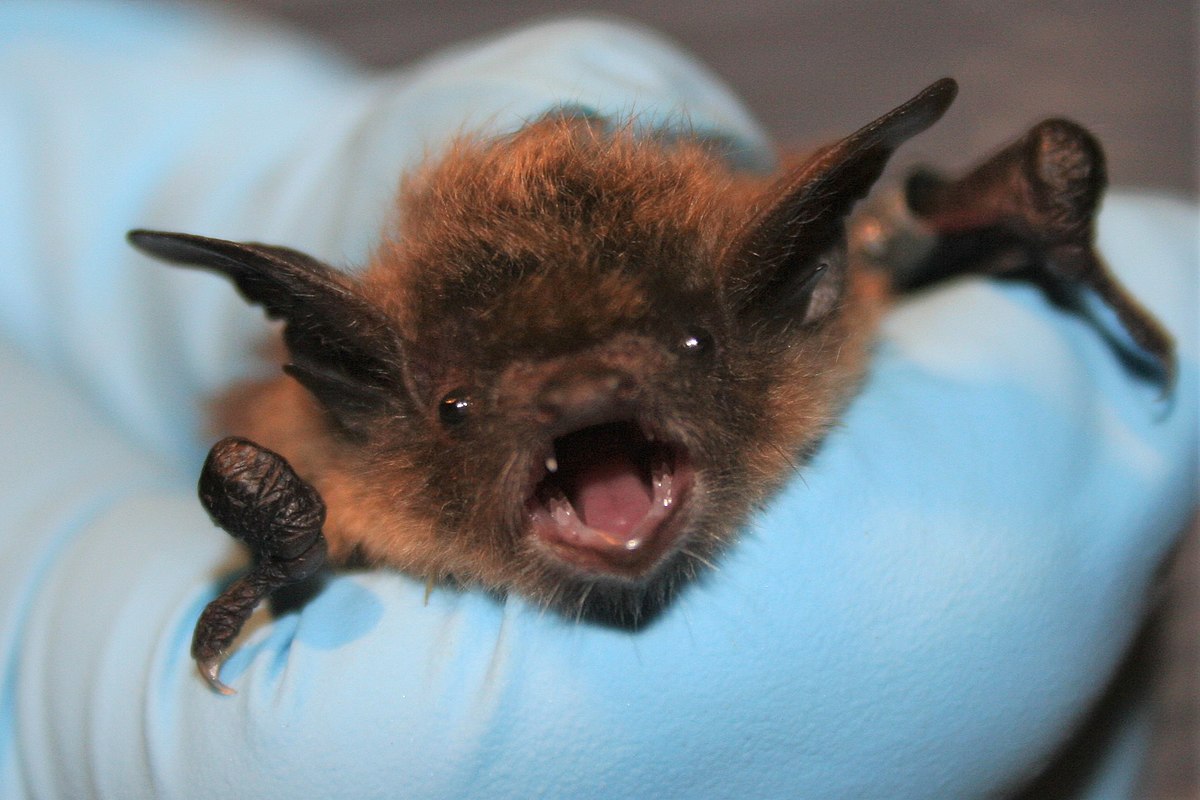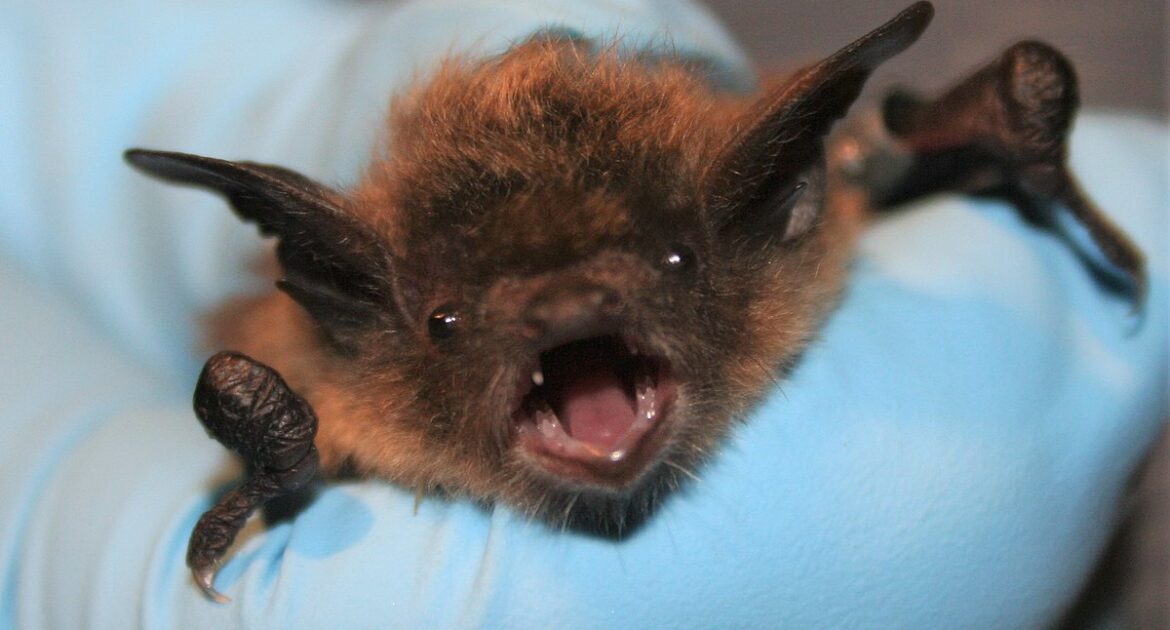Their colour and small stature generally help us identify little Brown bats. Little Brown bats are popular because they are found anywhere from Mexico through Canada and Alaska. On average, Little Browns have a wingspan of up to nearly a foot, while their weight comes in under less than an ounce. Learn the answers to ten frequently asked questions about the Little Brown bat and who to call for wildlife removal in Pickering.
FAQs
Are Little Brown Bats Actually Brown?
Yes and no. Little Brown bats are primarily identified due to their furry, brown bodies. However, there are plenty of Little Browns that are also golden or reddish coloured. Several albino Little Brown bats have also been identified and tagged.
Do Little Brown Bats Drink Blood?
No. Little Brown bats are insectivores. There are common misconceptions that all bats are sanguineous, which means they drink blood. There are only three species of all bats that drink blood and, of those, much of their diet comes from goats and small game.
What Insects Do Little Brown Bats Eat?
The Little Brown bat sticks to bugs and aquatic insects such as:
- Midges
- Crane flies
- Moth
- Beetles
- Mayflies
- Beetles
- Caddisfly
- Lacewings
How Do Little Brown Bats Communicate?
Like many other bats, Little Brown bats in Pickering communicate through echolocation. Echolocation is a communication system wherein bats screech or listen to other animals’ noises bouncing off nearby structures. Based on how the echoes reverberate, bats can locate prey and other bats with this system. Bats also use echolocation to avoid flying straight onto other bats, trees, larger predators, or structures.
Will Little Brown Bats Bite Me?
Little Brown bats do not set out to bite humans. They couldn’t really even if they wanted to. Their mouths and teeth are so small that they rarely ever break the skin, and any bites appear as minor scratches instead. However, there have been cases where a Little Brown has been startled from roosting or from hibernation and does bite. To avoid being bitten or scratched by a bat, call the professionals at Skedaddle Humane Wildlife Removal.
Are Little Brown Bats Dangerous?
Little Brown bats can pose some danger to humans. They can carry and transmit several parasites and diseases. If you are bitten or scratched, you may contract an illness from a bat. Many diseases are spread through saliva, blood, and feces. Colonies of bats leave feces, or guano, behind wherever they roost. Common types of parasites and illnesses that bats cause or carry are rabies, mites, fleas and tapeworms.
Where Do Little Brown Bats Nest?
Depending on what time or season it is, Little Brown bats can be found in any great number of places. Do they sleep during the day? Yes, and they prefer trees and the abandoned nests of other birds; sometimes they even sleep under the bark. Do bats hibernate? Yes, and when they roost or hibernate, they will likely try to make their way indoors to a warmer, safer structure.
Are Little Brown Bats the Same as Big Brown Bats Except for Size?
The difference between the two is the size, as suspected. Because the Little Browns can squeeze in more places due to its size, it t inside more structures. Dealing with a Little Brown bat infestation is far worse than a Big Brown problem. Other key differences are:
- Guano
- Wings
- Nose
- Fur
How Will I Know If I Have a Bat Infestation?
You will begin to notice signs of a bat infestation in your home from the following indicators:
- Noises
- Feces
- Odours
- Stains
Who Can I Call for Professional Bat Removal in Pickering?
Never attempt wildlife removal on your own. For professional bat removal in Pickering, contact Skedaddle Humane Wildlife Control.




